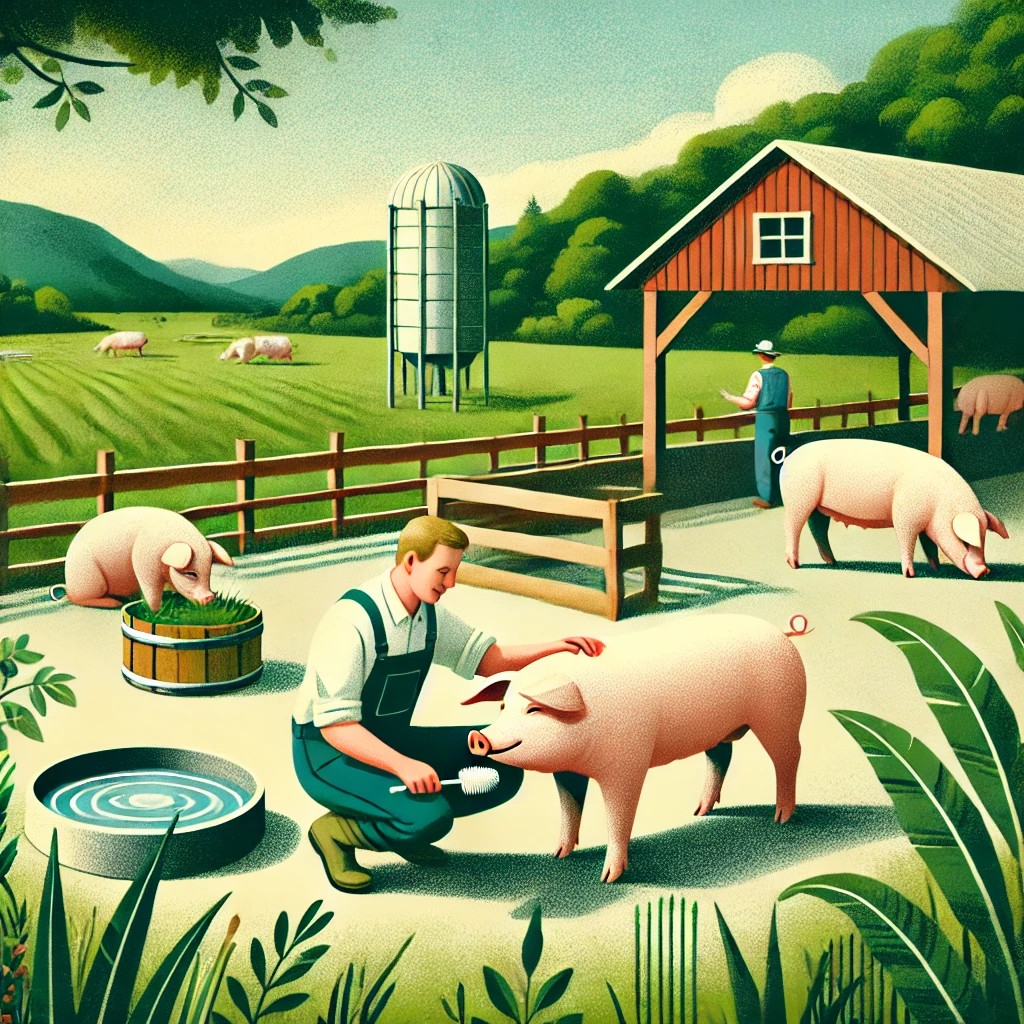The Best Pig Breeds for Homesteaders: A Guide to Choosing the Perfect Pig
The Best Pig Breeds for Homesteaders: A Guide to Choosing the Perfect Pig Raising pigs on a homestead can be a rewarding and sustainable way to produce your own meat, improve soil fertility, and reduce food waste. However, choosing the right pig breed for your homestead is essential to ensure that it aligns with your goals, climate, and resources. Here’s a guide to some of the best pig breeds for homesteaders and why they might be the perfect fit for your farm. 1. Berkshire: The Gourmet Choice Berkshires are a popular breed among homesteaders and chefs alike due to their high-quality, marbled meat. Known for their friendly disposition and adaptability, Berkshires thrive in free-range or pasture-based systems, making them ideal for small-scale operations. They grow quickly, reaching market weight in about 6-7 months, and are hardy in various climates. Why choose Berkshires? Excellent meat quality with rich flavor Friendly and easy to handle Hardy and adaptable to outdoor ...
